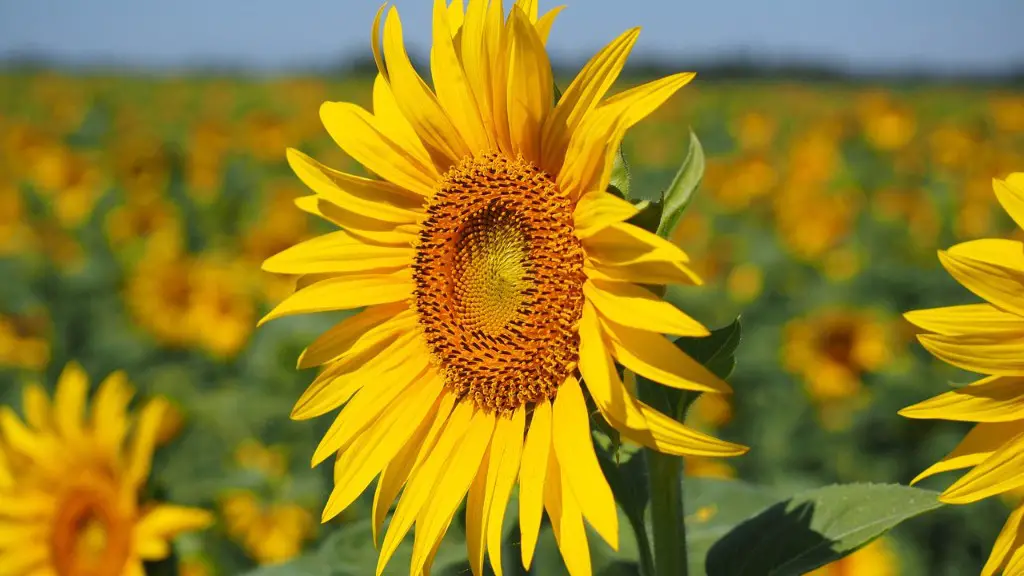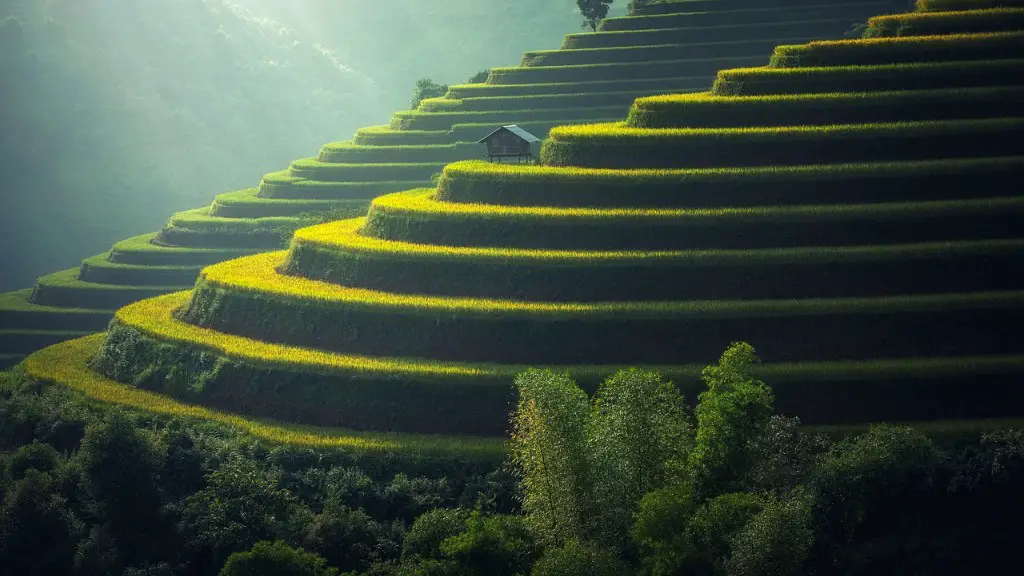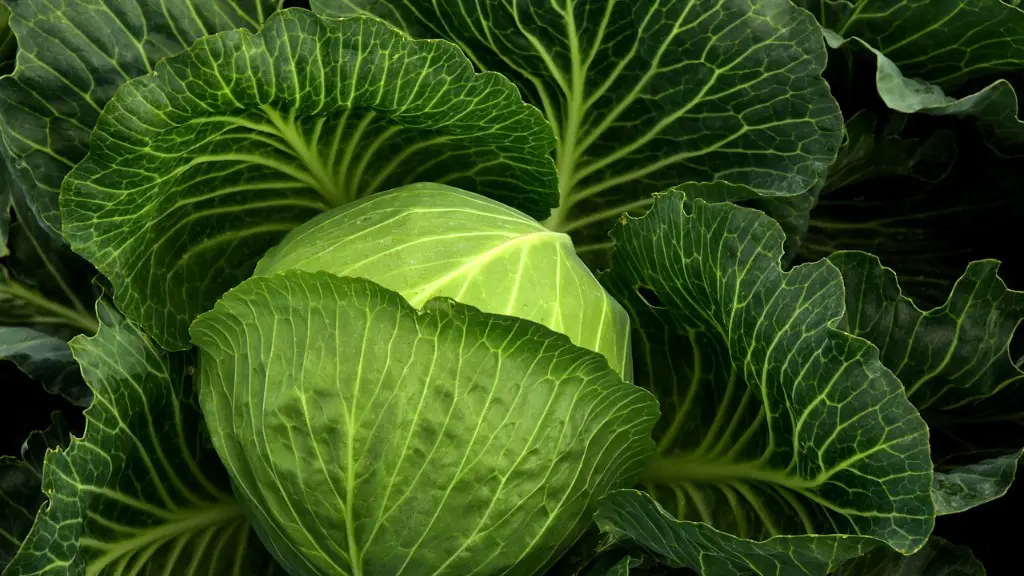Agricultural water use accounts for one-third of all freshwater consumed globally, which is made possible partly by efficient irrigation technologies and management. With a growing population and changing climate, more and more water resources are being tapped for agriculture, leading to water scarcity and competition for access. It is vital for agricultural populations to be aware of the amount of water used for growing food to increase water-use efficiency, manage resources sustainably, and ultimately increase yields. The amount of water used for agriculture can vary greatly depending on the type of crop, climate conditions, and cultural practices.
Irrigation is one of the largest uses of water in agricultural production, and accounts for roughly 70% of all water used in the sector. Therefore, it is essential to make wise decisions about when and how much water to apply creating an efficient irrigation system. Innovations in technology are helping to develop better irrigation schemes, such as drip and sprinkler systems, that apply water reliable precisely to where it is needed. This helps to reduce water and energy usage, and is also instrumental in maintaining soil health and minimizing soil and aquatic pollution.
Cultivation practices also play an essential part in water-use efficiency. Soil conditioning, such as application of organic fertilizers and mulching, helps to retain soil moisture and retain water. Traditional farming techniques, including crop rotation and diversified cropping, can also be extremely useful in promoting better water management. Intercropping and agroforestry, for example, reduce evaporation and runoff and increase organic matter accumulation in the soil.
In addition to irrigation and cultivation, livestock and aquaculture systems can also take up a lot of water from groundwater, rivers, and lakes. Livestock need water for drinking and sanitation, and for cooling purposes in hot climates. Aquaculture needs large quantities of water for feeding, aeration, and wastewater treatment. In recent years, there is an increasing demand for meat and fish, leading to an increasing number of intensive animal breeding and aquaculture systems.
Agricultural water use is an incredibly important subject when it comes to global food security. It is essential to monitor the amount of water used, improve irrigation technologies and management practices, and encourage sustainable farming methods. Efficient water use demands an understanding of water resources, their availability, and the technical and economic feasibility of their management. This knowledge is necessary for small-scale farmers, as well as larger agricultural organisations, to successfully manage agricultural water use.
Impacts of Agricultural Water Usage
Water is a vital resources that is being used increasingly in the agricultural sector due to the demand for crops and livestock, as well as other cultural practices. Global agricultural water use has impacts both on the environment, including the water resources, and on the economy. It can lead to water scarcity and competition over access to water, and increases in energy and water cost. When agricultural water is misused or wasted, it can also reduce crop yields, water table and soil fertility, and lead to water pollution and destruction of aquatic ecosystems.
Water Conservation Techniques for Agriculture
To tackle water usage issues, farmers are increasingly turning towards techniques that promote water conservation, such as using dryland farming practices and zero-tillage agriculture. Dryland farming relies on strategies to protect and conserve soil moisture, allowing crops to be grown without irrigation in arid or semi-arid conditions. Zero-tillage agriculture provides environmental and economic benefits by eliminating the need for tilling and using fewer inputs, reducing the amount of evaporation from soil, improving soil fertility, and reducing erosion.
Indicators of Sustainable Water Use in Agriculture
Indicators of sustainable water use in agriculture provide guidance across multiple dimensions of sustainability, such as economic well-being, social values, and ecological outcomes. These indicators focus on reducing water pollution, water scarcity, energy intensity, and water productivity, in order to make water use more efficient and sustainable. Through the use of indicators and metrics of water use efficiency, farmers can better monitor their water use and promote sustainable water management.
Regulations and Guidelines for Water Use
Regulations and guidelines for water use are also necessary tools for implementing agricultural water conservation and management. National, state, and local governments can provide guidelines for water usage, regarding water-sensitive practices, water storage, and water diversion. Local water councils are also important for developing local water security and management strategies, such as providing incentives for farmers to reduce water use and protect water resources.
Role of Technology in Water Management in Agriculture
Technological advances can have a huge impact on water use in agriculture, allowing for better information, better monitoring, and better decision-making. Satellite-based irrigation technologies can help farmers in drought-prone areas to accurately schedule irrigation. Remote sensing can also help farmers to plan and monitor crop production, water resources, and soil conditions. There are also many water-monitoring devices and software available to help farmers to analyze and optimize their water use. Finally, precision irrigation technologies can help to improve irrigation scheduling and accuracy, while reducing water use and energy costs.


